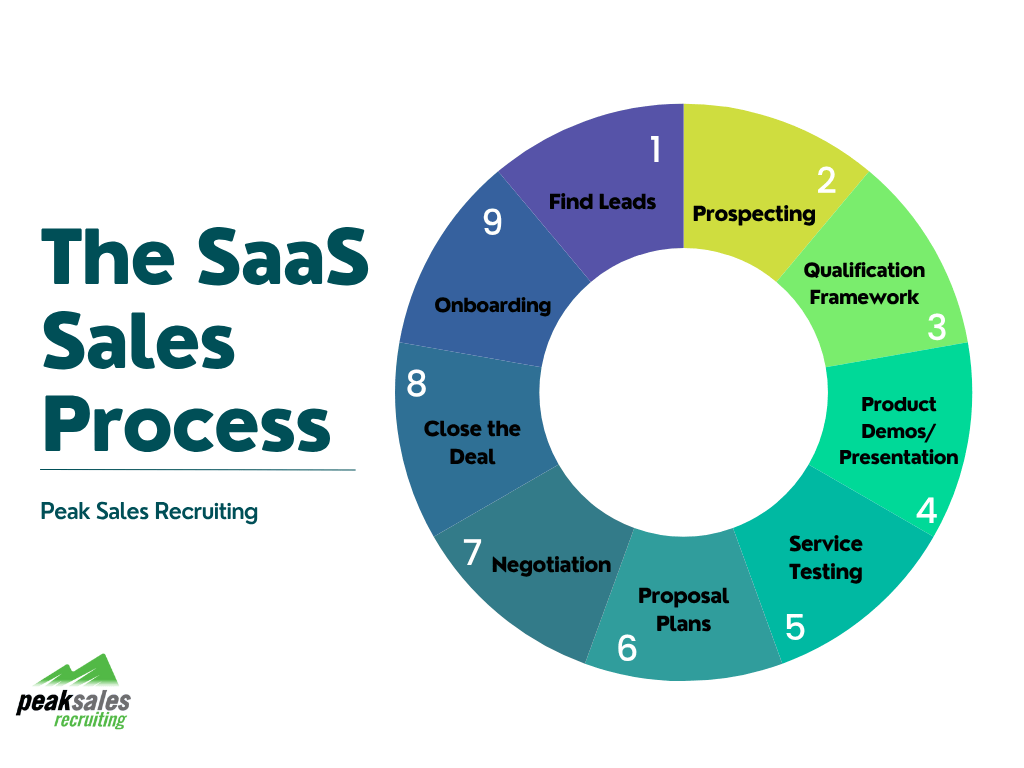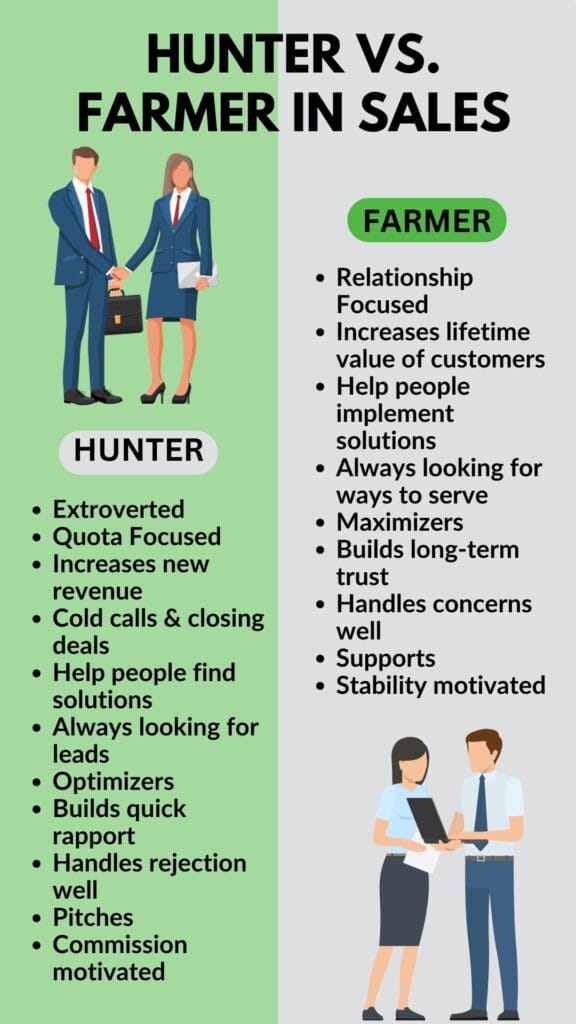
What’s your sales team’s current RFP close rate? Whether or not it’s as high as you’d like, you may be surprised to hear that Ganesh Shankar of RFPIO states that “the common win rate for RFPs is less than 5%.”
Following these numbers, for every 20 proposals the average vendor sends, only one will be successful. And with many companies investing 20-40 hours into each RFP response, that’s a lot of wasted time and money.
For example, suppose you have an Inside Technical Sales Rep completing RFPs for your team, and this rep earns a salary of 50 thousand dollars annually (roughly equivalent to 24 dollars per hour).
If the average size of your proposals is 25 thousand dollars and you successfully close one proposal out of 20, you’ve gained 25 thousand dollars in net new business. But you’ve also lost an average of 30 hours for each of the other 19 proposals.
At an average hourly rate of 24 dollars, that’s a loss of 13,680 dollars (before taking into account opportunity costs, overhead and other variables).
Though it’s unlikely you’ll achieve a one-hundred percent closed-won rate, reducing the number of unsuccessful proposals sent saves your company both time and money.
In this article you will find a list of suggestions and best practices to help Sales Leaders improve their sales team’s RFP close rates.
Have a “Go/No-Go” Opt-Out Point
Here’s a really simple way to improve your RFP close rate: only apply to projects you’re likely to get.
Imagine a batch of 20 RFPs. In it, maybe five will be a good fit for your company. The other 15 are either bad opportunities or projects you’d have to stretch to complete, in terms of project fit or resources required to submit an RFP.
- If you apply to all 20 and win one, your close rate will be 5%.
- If you weed out the 15 that aren’t a good fit and win one of the remaining five, your close rate will be 20%.
Not only have you upped your close rate, you’ve also saved all the time and money you would have wasted on inappropriate proposals.
Adam Boyd, in a LinkedIn Pulse article, describes it this way:
“Not all RFPs are created equal, and you don’t have an equal shot at winning them all. Know when to say, ‘This isn’t in our wheelhouse, and is too expensive a use of time to pursue.”
For example:
- If you apply to all 20 and win one:
Your close rate will be 5 percent and you’ve earned 25 thousand dollars in net new business. You will have invested 600 hours (30 hours per RFP) and 14,440 dollars (24 dollars per hour). Your RFP productivity rate (total new business divided by amount of work hours) is 42 dollars per hour.
- If you weed out the 15 unfit proposals, apply for five and win one:
Your close rate will be 20 percent and you’ve earned 25 thousand dollars in net new business. You will have invested 150 hours and 3,600 dollars. Because you were more selective, you RFPproductivity rate is now $166.67 per hour.
Developing an in-house checklist or scoring system for evaluating RFP opportunities can help you determine where your opt-out point lies. Bob Lohfeld, CEO of Lohfeld Consulting Group, suggests asking the following seven questions to filter RFPs accordingly:
- Do we understand the customer’s mission and the work to be performed?
- Do we have a solution that will help the customer achieve its mission and contract objectives?
- Do we have a relationship with this customer through meetings or prior contract performance?
- Do we know who we are competing against and can we beat them?
- Do we have a teaming strategy and can we get the right subcontractors?
- Do we know what price we need to bid to win and can we achieve it profitably?
- Do we have a compelling win strategy?
If you’re concerned about missing out on potentially-good projects, consider the advice of Sales Benchmark Index’s Principal, John Auer:
“In some cases, opting-out can actually be a more effective differentiator than participating in the RFP. For example, prospects may show their hand and confess they were looking forward to your proposal. If this is the case, you’ve just learned a valuable piece of information that could very well result in a win.”
If you don’t receive such a confession, you’ve saved time; but if you do, you’ve gained valuable insight into whether or not the RFP will be an effective time investment. It’s a win-win.
Work from a Proposal Template
As you pare down the number of RFPs you’re actually responding to, you can save even more time by developing a proposal template. This will minimize the amount of time you spend “reinventing the wheel” to develop every response.
You won’t be able to anticipate every Q&A you’ll encounter ahead of time. But developing stock copy for your executive summary and adding new Q&A responses to a central document – which you can draw from again in the future – can trim huge amounts of time off your RFP process.
For example, working from a template cuts the average time required to complete and submit a proposal from 30 hours per RFP to 10 hours. This time decrease would increase your RFP productivity rate to 500 dollars per hour (based on the metrics provided at the beginning of the article.
To calculate your RFP productivity rate, use the formula below:
Net new business amount / (number of RFPs x total hours worked)
Use a Non-Traditional Response Process
That said, just because you’re working from an RFP proposal template doesn’t mean your responses have to come across as formulaic. A non-traditional response process can minimize the burden of RFP completion on your team members, while also helping your company stand out from other applicants.
According to Mike Drapeau, Partner at Sales Benchmark Index:
“Think George Costanza. Remember the episode when he did the opposite of everything his instinct was telling him to do and the results were off the charts? That is the approach you should use in developing your RFP strategy. Conventional wisdom is dead wrong.
So what does a non-traditional response process look like? Possible ideas include:
- A highly-abbreviated executive summary section that eliminates corporate navel-gazing in favor of prioritizing value statements targeted to recipients.
- Calling out requirements that are missing from the RFP (likely because they were overlooked by a procurement committee) to quickly establish expertise.
- Offering extremely-detailed Q&A responses that are likely to exceed competitors’ proposals and impress companies with their comprehensive nature.
Another non-traditional RFP response option comes from Board Studios, which offers three suggestions for incorporating rich media into your RFPs:
- Create a simple mini-site that shows off your USP and answers key questions.
- Use infographics or professionally-designed process-flow images in your proposals.
- Produce an explainer video in lieu of your executive summary.
Some industries – tech companies, for example, versus more staid banking and legal services – may be more receptive to the use of new media than others. But don’t be afraid to experiment by pushing boundaries. Standing out may be enough to get your proposal the close read it wouldn’t otherwise receive.
Think about how proposals are typically handled in your industry, and then – like George Costanza – consider doing the opposite.
Build Relationships Before RFP Responses
In most cases, you aren’t allowed to contact company representatives to make a personal appeal during the RFP process. That’s why it’s important that you continually invest in expanding your network before the process begins.
Companies need to know who you are before they receive your proposal. According to data gathered by The Seibert Group, 40 percent of your success comes down to your pre-RFP sales efforts:
“You must be actively selling to the buyer in the 12 to 18 months before the RFP is released. If they don’t know you before the RFP, your chances of winning are low.”
In practice, this means actively networking with future prospects, using both direct and indirect approaches. Cold calls and an active presence at industry events are important, but you may also find it helpful to use content marketing, social media marketing and other campaigns to build thought leadership around your company.
Stephanie Czajka, Project Manager at the Weidert Group, suggests that:
“The more you’re already present in prospects’ eyes because of your content, the more your company will be included on buyers’ “short lists.” In digital terms, you can think about this as a search process. When prospects are looking for answers to their questions related to your business, they’ll query Google, and if your content article shows up, then they’re more likely to read about you, and you’re more likely to be included on their short list.”
Further, Czajka argues, transforming your company into a respected thought leader through proper inbound marketing may remove the RFP from the equation entirely. “In cases where an RFP is optional, the buyer will naturally move to the subjective choice of a trusted advisor or resource.”
Simply put, if a buyer needs a vendor but decides not to proceed with the RFP process, the thought leadership you’ve built around your brand will make you a natural candidate to fill the spot.
Monitor Your RFP Success Rate
Regardless of which of the above strategies you choose to implement, one of the best things your sales team can do is monitor the metrics surrounding your RFP process.
Specific variables to track include:
- Amount of RFPs received
- Number of RFPs responded to vs. opted-out of
- Number of RFPs closed
- Value of closed RFPs vs. value of unsuccessful RFPs
- Average amount of time required to complete RFPs
The data you gather here can play a role in improving your close rate, if you use it effectively.
Suppose you notice that from Q1 to Q2, your number of closed-won projects fell from 30 to 20. If, at the same time, you’ve tracked the total number of hours invested into each proposal and found that it too decreased from 20 hours per RFP to 10 hours, this is a signal that you need to invest more time into your proposal process.
Proposal analytics programs may be useful in identifying these types of trends. But even choosing to run your calculations by hand will put you ahead of competitors who aren’t as invested in monitoring their RFP metrics.
Be Smart About RFPs to Boost Your Close Rate
Success with RFPs comes down to approaching the process more thoughtfully than your competitors.
Use the data at hand to your advantage as you experiment with non-traditional RFP strategies and ongoing networking. Your 5% or less close rate will quickly become a thing of the past.
relpost-thumb-wrapper
Related posts
close relpost-thumb-wrapper
Latest posts by Ryan Thornton (see all)
- 3 Ways Your Employees Will Sabotage Hitting Year End Targets – December 27, 2023
- 7 Ways to Hit Your Year End Target With Ease – December 20, 2023
- How to Handle Counter Offers — and Win Top Talent – December 18, 2023









